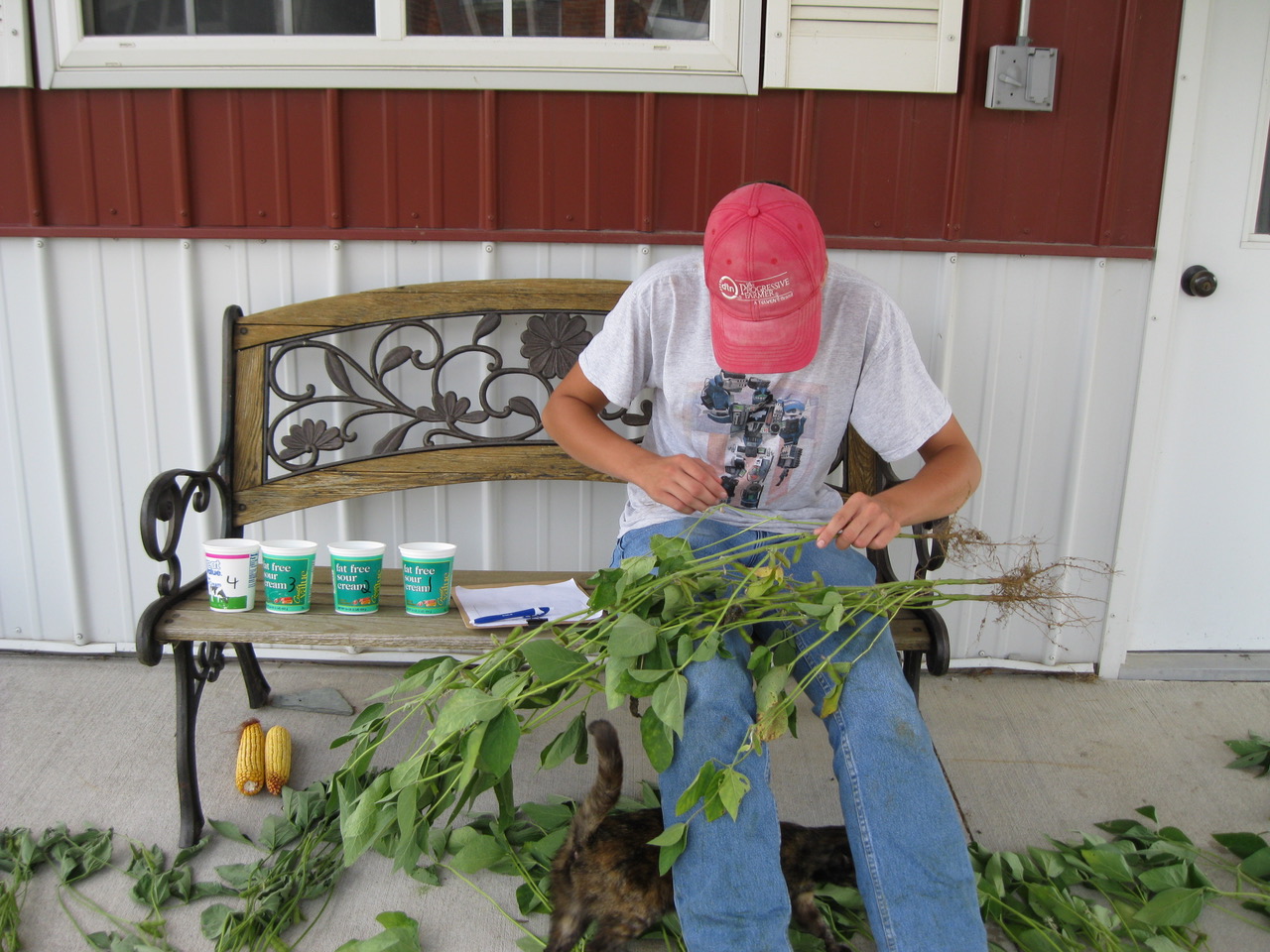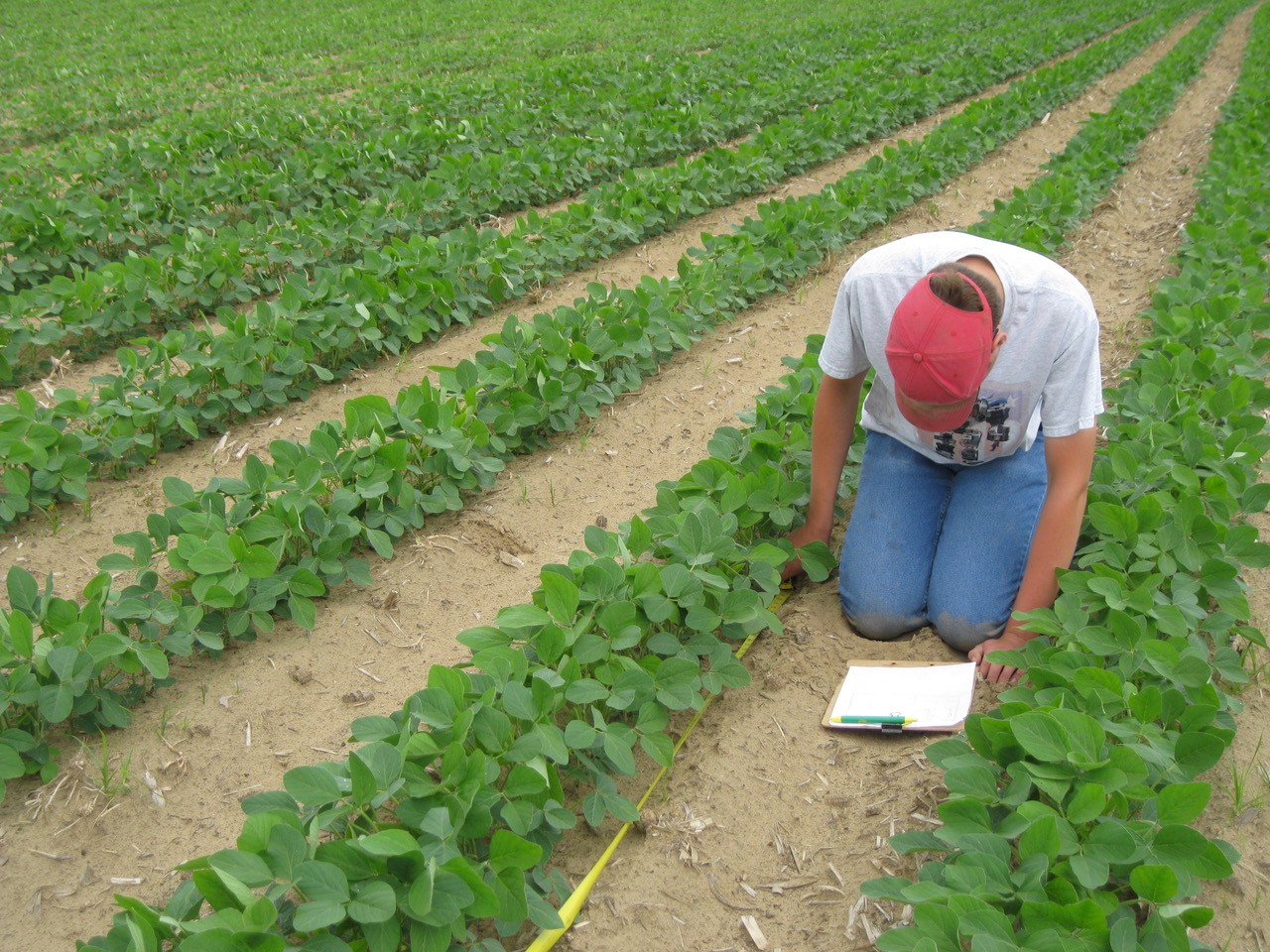The effect of starter fertilizer on Glycine max yields
Will a 2 x 2 application of starter fertilizer have an impact on soybean yields and the quality of water drainage from the field?
Supervising teacher
John Poulson and Donna Meller
Student
Jacob Dennis
School
Pettisville High School
Supporting files
report-agriscience.pdf
The objective was to compare the yield and protein and oil content of Glycine max planted with a 2 x 2 application of 10-34-00 starter fertilizer and without starter fertilizer, and to compare the quality of water discharge from field drainage tile before and after fertilizer application. The soil in each plot was tested for nutrients. Three replications were planted. Each contained a plot planted with 10-34-00 starter fertilizer and a control plot without fertilizer.

A field drainage tile water discharge sample was taken before and after application of the fertilizer and was analyzed for orthophosphates and nitrates. A population count was conducted to determine percent of plant emergence.

Plant specimens were collected randomly from each plot for pod and node count, DGCI, and plant tissue analysis. At maturity, the Glycine max were harvested. The plot length, weight, and moisture content of the Glycine max was recorded. A sample was collected from each plot for nutrient, protein, and oil content analysis. The fertilized plots averaged 146.75 kg/hectare more than the non-fertilized plots. This was not quite statistically significant. There was not a significant difference in the protein or oil content between the fertilized and non-fertilized plots. The water quality analysis did not show a significant increase in either nitrate or orthophosphate levels after the fertilizer was applied. The outcome may have been different if the soil was cooler and wetter at planting. Additional research is needed to determine if Glycine max can benefit from starter fertilizer applications.